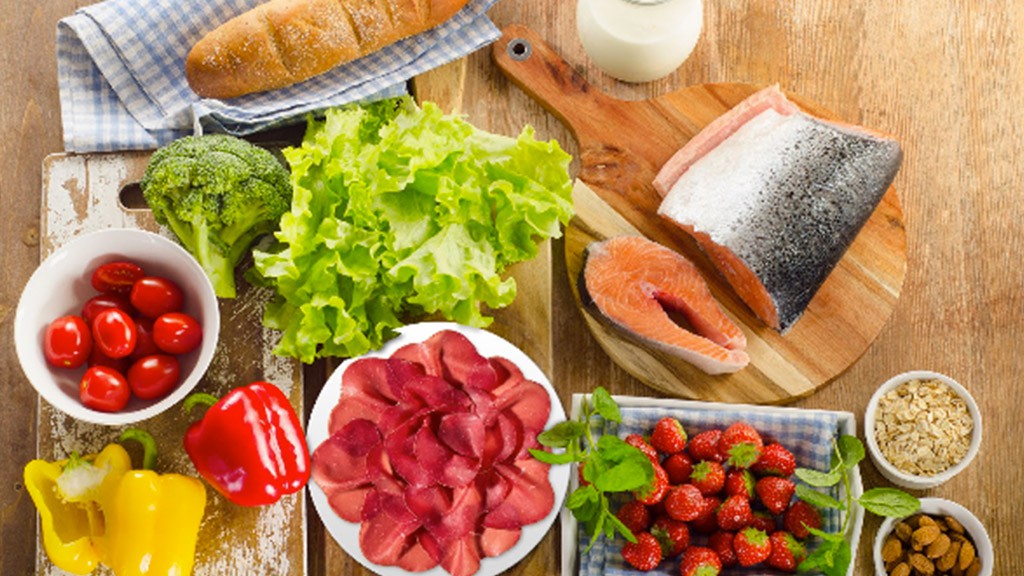
The “guidelines for a healthy Italian diet” summarise the essential recommendations for a varied diet, appropriate in terms of calories and balanced in its macro- and micronutrients: maintaining a healthy weight and an active lifestyle; an emphasis on eating whole grains, legumes, vegetables, and fruit; carefully chosen fats (never in excessive quantities); moderation in the consumption of sweet foods and drinks and alcohol; proper hydration; and a limited intake of salt and thus of sodium.
More detailed indications concern the various categories of foods and nutrients which should be combined. For example, it’s best to alternate complete proteins (those containing all the amino acids) of animal origin, found in meat, fish, eggs, milk and milk derivatives, with those of plant origin, found in legumes and grains.
It’s also important to choose food based on its fat content, considering not just the total quantity, but also the quality. It’s best to try to eliminate partially hydrogenated fats, such as trans fats, and choose condiments such as extra virgin olive oil, which is rich in mono-unsaturated fats and natural antioxidants, or seed oils, which are rich with poly-unsaturated fats essential to the body and fat soluble vitamins. Fish should be eaten two times a week as an alternative to other proteins, so as to encourage the absorption of precious omega-3’s originating from the sea.
Mineral salts and hydro-soluble vitamins come primarily from eating lots of fruits and vegetables, especially those which are fresh, in season, and diverse. It’s very important to keep the idea of bioavailability in mind - that is, the body’s ability to absorb a given vitamin or mineral, which can change with different foods and food combinations. This is particularly true of iron, as the kind found in meat (heme iron) is more bioavailable, and for calcium, whose main source is milk and milk derivatives. Extra attention must be paid to sodium, found naturally in food but generally added to the diet as kitchen salt: it’s essential for life, but too much of it may increase risk of hypertension.
Lastly, without nutritional value but essential for life, is water. It’s the main component of our body (which is more than 2/3 water), and its levels must be constantly maintained. The amount of water released (through urine, sweat, breathing, etc.) must be replaced daily. Food (including vegetables) supplies about 30% of the required water, but the remaining part must be ingested through liquids.
To maximise food’s impact on health, it’s important that calorie intake is distributed correctly throughout the day. A good part of your total calories (around 70%) should come from two main meals: lunch and dinner, and the remaining 30% from breakfast and snacks at mid-morning and mid-afternoon. More recent studies show that proper division of calories spread throughout multiple meal times, especially if well-defined in manner and time, contribute to overall health and probably lead to better weight control.